Your guide to successful metal roof restoration
July 29, 2025 at 9:00 a.m.By Dani Sheehan.
Metal roof restoration is a valuable service for building owners and a smart offering for roofing contractors looking to expand their business.
Metal roofs are some of the most durable and long-lasting systems on the market, but even they need some attention over time. When a roof is showing signs of age or wear, restoration can be a smart, cost-effective alternative to full replacement. Still, restoring a metal roof comes with its own unique set of challenges. We spoke with James “Jamie” Atkins, assistant product manager for UNIFLEX and Kool Seal, to break down what contractors need to know for a successful restoration project.
Why restoring metal is different
One of the major difficulties of restoring a metal roof is the possibility of rust. Jamie explained, “Rust is the biggest challenge because metal is the only substrate in the roofing industry that can rust. It compromises the integrity of the roof and needs to be addressed right from the start.” If rust is present, be prepared to remove and replace any severely compromised panels. When left untreated, rust can spread beneath coatings and continue to degrade the roof, no matter how well it’s sealed afterward.
Surface prep: The make-or-break step
Any successful roof restoration starts with one thing: inspection. “Walk the roof,” Jamie emphasized. “Look for rust, loose fasteners, seam issues, failing sealant – everything. Correcting those problems upfront will make a difference in the long term. The more prep work you do, the more successful you’ll be.”
He likened it to painting a room in your house. If you don’t sand or patch holes beforehand, no amount of premium paint will make it look good or last as long – the same goes for metal roof coatings. Proper surface preparation means longer-lasting performance, better aesthetics and fewer callbacks.
Choosing the right products
When restoring a metal roof, your success depends heavily on choosing the right combination of products: primer, coating, sealant and accessories. Each component must work together and be compatible with the others to deliver lasting protection.
Start with the primer. If rust is present, select a rust-inhibiting option. Alkyd primers are often recommended due to their strength and ability to encapsulate existing corrosion. Just as importantly, make sure the primer is compatible with both the substrate and your chosen topcoat.
When it comes to coatings, acrylic systems are often the most economical and flexible. They offer reliable protection, tend to be easier to work with across different surfaces and allow more versatility with the types of sealants and caulks you can use. Silicone coatings, while more expensive, offer excellent waterproofing and UV resistance.
No matter what system you choose, Jamie advised, “We always recommend performing a pull test to make sure that you have adhesion.” A pull test involves applying a small section of the full system, allowing it to cure and then testing the bond to ensure the coating is adhering properly to the roof surface. This test helps avoid premature failure, and if adhesion is poor, it’s a sign that the surface prep needs to be revisited or that a different primer or coating may be required.
Be sure to also consider:
- Surface and ambient temperature
- Cure times and weather windows
- Manufacturer specs for application thickness, equipment and recoat timelines
All of this information can typically be found on the product’s label or technical data sheet. Taking the time to align your product choices with your real-world jobsite conditions will help you avoid headaches and callbacks down the road.
Restoration is also an opportunity to build long-term customer relationships. Offering a maintenance program or a follow-up inspection after completing the job shows professionalism and helps spot issues before they turn into major repairs.
Want resources on coatings, primers and application tips? Learn more about Sherwin-Williams Roofing Solutions so you can deliver long-lasting results that protect your customers’ investment and strengthen your reputation.
Learn more about Uniflex® in their Coffee Shop Directory or visit www.uniflexroof.com.

About Dani
Dani is a writer for The Coffee Shops and AskARoofer™. When she's not writing or researching, she's teaching yoga classes or exploring new hiking trails.



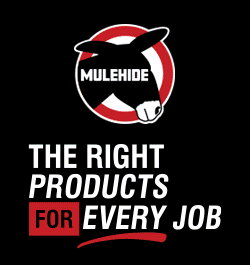




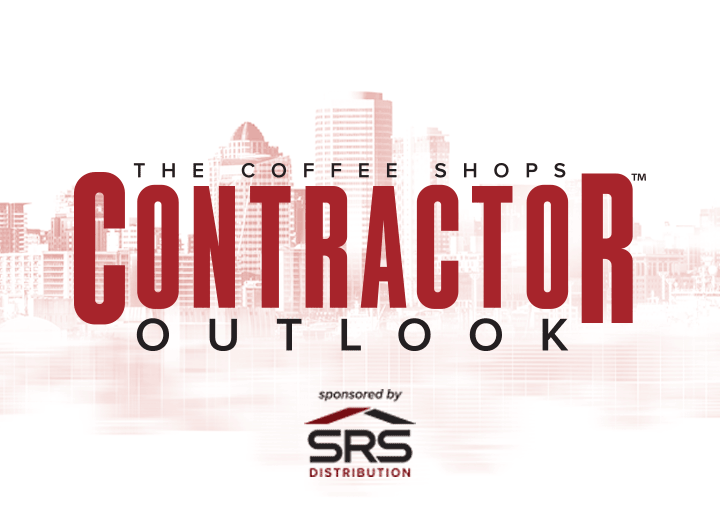






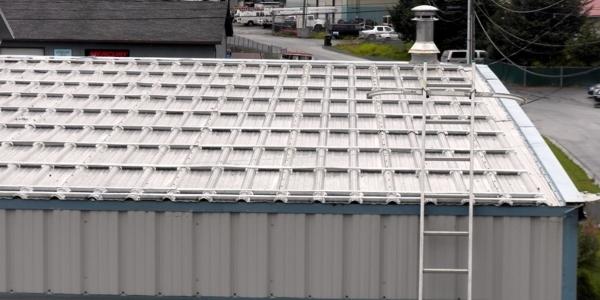
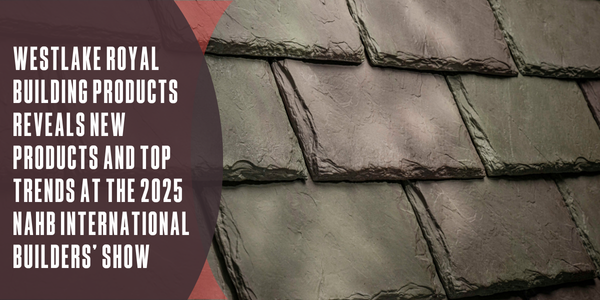

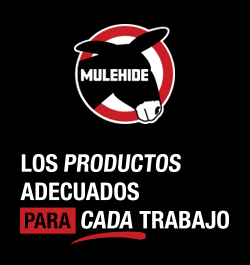

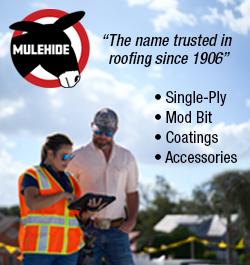
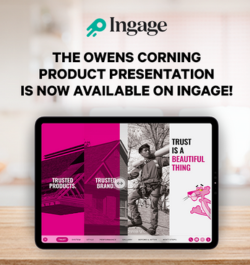

Comments
Leave a Reply
Have an account? Login to leave a comment!
Sign In